Hedera helix 'Erecta'
Hedera helix 'Erecta'
Ivy, Hedera helix 'Erecta', has a distinctive upright habit. Oval, dark-green, leathery leaves grow cupped at the basal end.
Stiff, perpendicular stems have leaves arranged precisely from the top to the base of the stem.
Forms original clumps like candlesticks in a row, making it a formidable ground cover.
Best planted in dry soil, in tree roots, an environment that suits them well.
From 11.90 €
Description
Hedera helix 'Erecta', a shrubby ivy
To find your way around the great diversity of ivy, we can classify it in different ways.
One of the most classic and scientific is classification by species, based on botanical criteria. But it soon becomes apparent that the species Hedera helix is made up of hundreds, if not thousands, of cultivars, which prompts the search for additional classification criteria.
Another commonly used classification system for ivy is the Pierot system, named after the first president and founder of the American Ivy Society, Mrs. Suzanne Warner Pierot. This system is simply based on the plant's general appearance. It classifies them into 9 categories. It has the advantage of being very simple and suggestive. But it is rather approximate, as the same ivy can be classified in several categories.
Another classification is based on the stage of development reached by the ivy: juvenile, semi-adult, adult. But it's important to bear in mind that the same variety can go through all three stages in succession, of course.
Finally, a fourth system is based on habit. Ivy is either creeping, climbing, bushy or shrubby. But here too, the same variety can be both creeping and climbing, depending on circumstances and environment.
It is therefore usually necessary to use several of these classifications to characterize a particular ivy.
The 'Erecta' ivy would thus be classed with the Hedera helix species , in the "Curiosities" category of the Pierot classification; it's an ivy in the juvenile stage. Finally, in terms of habit, we'd say it's a shrubby ivy, since its stems are erect, rather like a shrub. In fact, they are rather woody, like those of shrubs. It can reach a height of almost 1 metre, without any support or spikes.
Other shrubby ivy
There are other shrubby ivies. The most similar to Hedera helix 'Erecta' is undoubtedly Hedera helix 'Congesta'. They are often confused.
In the same style, we also find Hedera helix 'Conglomerata' which was voted Ivy of the Year by the American Ivy Society in 2015.
We should also mention the "tree" ivy:
- H. rhombea 'Submaginata arborescens
- H. helix 'Irish Lace arborescens
- H. helix 'Pepermint arborescens'
- H. helix 'Deltoidea arborescens'
- H. helix 'Arborescens'
You'll find all the ivy shrubs on this page.
This type of ivy is generally suitable for rock gardens. They remain modest in size, but are upright, so they add volume to a rock garden and create verticals that break up the monotony.
Further information
| Weight | ND |
|---|---|
| Foliage | Green |
| Specific | Shrubby, Curiosity |
Only connected customers who have purchased this product can leave a review.
Growing our ivy
All our ivy is grown outdoors. The cuttings are planted in 9 cm pots. They grow there for about 1 year.
They are then repotted into 1-liter containers. These are then repotted 1 year later into 2-liter containers. In the case of climbing ivy, a stake (usually 50 cm long) is placed in the pot to support the ivy. One or two years later, the ivy is repotted into a 4-litre container. If it's a climber, the stake is replaced with a new 1.20 m to 2 m stake, depending on the plant's development.
The containers are placed in a shaded area, either by trees or by a canopy.
Ivy is not "grown" with fertilizer. Only a change of substrate at each repotting provides the nourishment needed for natural, healthy growth.
Bred the hard way, ivy will be much better able to acclimatize to your garden.
The different containers
You can find our ivy in the following containers:
- 9 cm bucket
- 1-litre pot, with or without stake
- 2-litre pot, with or without stake
- 4-litre pot with or without stake
- large pot of 5.5 liters, 7 liters, 9 liters or more.
Shipment of your ivy parcel
We ship every week. They are dispatched on Mondays via Colissimo. So, in the vast majority of cases, the parcel arrives in the middle of the week and doesn't have to sit in a warehouse all weekend.
Orders are prepared on the Friday before dispatch. This gives the jars time to drain over the weekend if they are damp. This prevents the jars from dampening and weakening the shipping carton.
So, in concrete terms, order before Thursday evening if you want your package of ivy to arrive in the course of the following week.
Each pot is wrapped in stretch film to hold the substrate in place throughout the journey. The stakes are removed to optimize space in the parcel.
What should I do when my parcel arrives?
As soon as you receive your parcel, open it so that the plants can breathe and see the light as soon as possible. Unpack carefully, taking care not to damage the plants. Soak the pots in water for about ten minutes to rewet them.
How to plant your ivy?
Careful planting is crucial to your plant's development.
Prepare a hole three times as wide and twice as deep as the pot. In this way, you'll create a well-loosened space in which the roots can begin to settle easily. Once they're well established, they'll be strong enough to explore further and deeper, depending on their needs.
Water generously after planting, even if it's raining. The purpose of this watering is to make the soil stick to the roots for a good start.
Mulch at the foot of your plant to keep it cool and prevent unwanted growth.
During the first year, don't neglect watering if the weather is dry, and especially if it's hot. Once well established (after a year or two), ivy will take care of itself. In most cases, it will no longer need watering if planted in the ground. Of course, if it's in a pot, you'll still need to water it regularly. But be careful not to over-water, as ivy dies much more easily from over-watering than from under-watering.
Other interesting ivy
Similar products
-
Hedera helix 'Congesta'
- From 4.90 €
- Choice of options
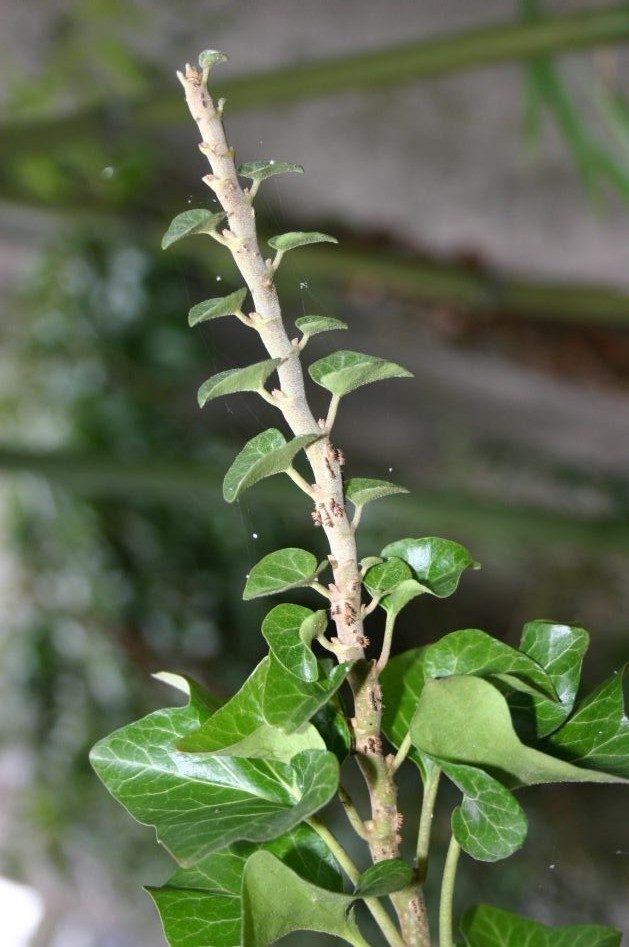
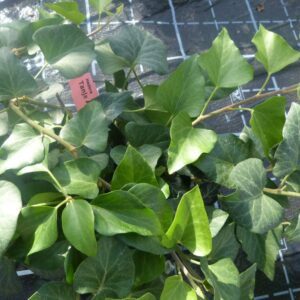
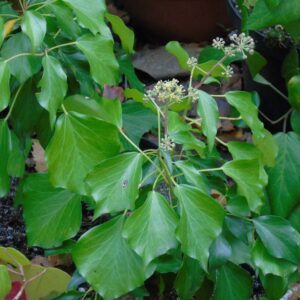
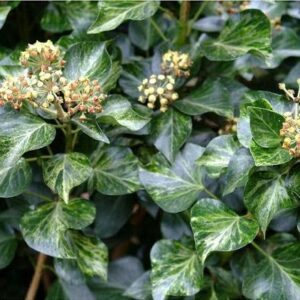
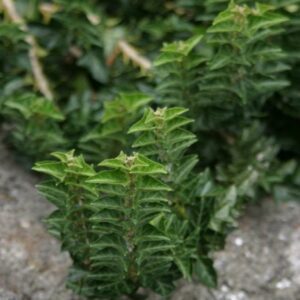
Opinions
There are currently no product reviews.